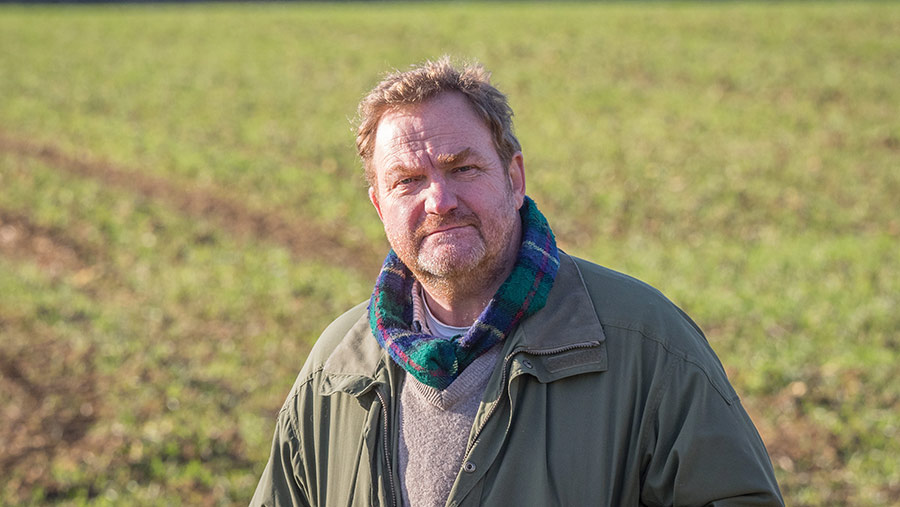Flindt on Friday: Regenerative farming… and all that jazz
 © Kathy Horniblow
© Kathy Horniblow Alongside all the usual New Year resolutions (lose weight, drink less – or it is more? – beer, play a bit more like Oscar Peterson) there’s one slightly odd one: get my head round “regenerative farming”.
You’d think we’d know everything there is to know about it by now; after all, you can hardly turn a page of a farming or country magazine without seeing its exponents having acres of space to sing its praises. But there’s so much I don’t understand.
It didn’t help that the first place I started asking questions was Facebook – and Facebook, as we all know, is where Baldrick has a megaphone.
See also: Read more from Charlie Flindt
I tried running though some of the soil science I was taught (and which has been valid for a couple of centuries now), and things degenerated very rapidly from “all old science is nonsense” to “everyone who disagrees with me is a Nazi”. So I gave up.
I tried YouTube, too, and got as far as one world-famous regen talking of how “human” comes from the Latin word for soil – and couldn’t take him seriously after that piece of weapons-grade etymology.
Asking for it
Luckily, the AHDB has been running “webinars” featuring leading lights from the regen world, so I did some lurking on those – with varying degrees of anonymity – and tried to get answers to my questions – with varying degrees of success.
The panel agreed (somewhat reluctantly) that carbon dioxide is plant food, although I was given a proper Malthusian threat of “no children” in 100 years if we don’t bring its ppm down.
I asked how cover crops will be destroyed if glyphosate goes – and was baffled to hear that graminicides and BLW herbicides are a suitable alternative – as if the anti-chemical gang will let them survive once Roundup goes.
And talking of people who have Boris’s ear (and other body parts) – should we really be talking about more livestock?
Never mind that a farm like ours hasn’t the budget or man-management skills to employ someone to look after a huge increase in animals – it’s more the paradox that every other “climate saver” is demanding less livestock; even the vegans have jumped on that crowded bandwagon.
Imagine the fuss from National Trust visitors when barbed wire is erected (after a break of 50 years) around arable fields.
They struggle with the concept of a locked gate and a “private” sign, bless them – they’ve seen my landlord’s adverts: “For ever, for everyone!” Three strands of finest high-tensile will clash somewhat with their presumption of a “right to roam”.
Gripple grappling
I foresee many long nights chasing cattle and doing emergency fence repairs. Perhaps, along with being able to “generate fertility” – another mysterious concept – these cattle will be self-homing. And trained to use Gripples.
There was much talk of the increased profits that can be made from regen farming – in fact, it all seemed a bit grubby and money-grabbing, eclipsing the shiny bright eco-message somewhat, but no explanation of how “farming like Grandpa did” is supposed to feed a modern world – a world built, remember, on the wonderful Haber process.
All in all, the webinar was interesting and informative (and no one called me a Nazi), but I’m afraid it left me with as many questions as answers. I have to say that being told that “industrial farming” is dead was particularly odd, bearing mind that we were all using something called the internet.
So, I’m none the wiser. To me, regen farming makes all the right noises, but not enough sense. I’m more likely to master a three-octave semihemidemisemiquaver-filled Oscar Peterson lick. Now, that really is the right noise.
